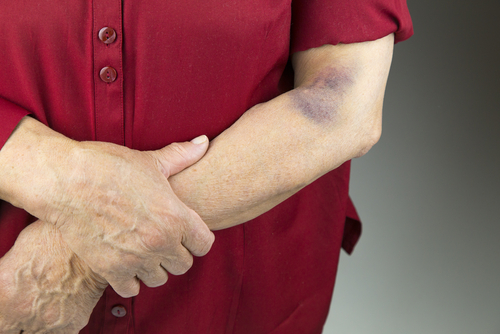Hemophilia causes abnormal blood clotting leading to difficulty in stopping bleeding, both outside and inside the body.
- Treatable and one can life fully with a proper treatment plan.
- Different types of hemophilia exist. For hemophilia A, there is a lack or absence of factor VIII, which is important in the process of clot formation.
- Can be classified as: mild, moderate, severe (dependent on amount of factor VIII absent).
- Familial disease and is diagnosed in younger years (babies to young children).
- Genetic in nature; familiar inheritance or through gene mutation
- Acquired hemophilia A: rare and dangerous form; possibly related to pregnancy, cancer, or use of certain drugs.


